Last Updated on December 8, 2022
An alternator, sometimes known as a synchronous generator, is a vital component of the charging system of a vehicle. Along with the battery, it ensures that your vehicle starts and continues working as it should.
Symptoms of a bad alternator make themselves apparent quickly. Keep reading to know what signs to look for, how long alternators last, and what the average replacement cost of an alternator is.
What Does an Alternator Do?
The alternator converts mechanical energy from the vehicle’s running engine into electrical energy that is used to power the vehicle’s electrical systems and charge the battery. It is so named because it creates AC (alternating current) power, which reverses direction periodically.
Alternating current has been used in vehicles since the 1960s since it is more efficient and produces more voltage than DC (direct current) power, which is unidirectional. Vehicle batteries and accessories use DC power so the alternator’s electricity is transformed to DC power as it leaves the alternator.
AC power is generated in a copper coil when a magnetic field rotates with respect to the coil. This process is known as electromagnetic induction.
How Does an Alternator Work?
In order to understand how the alternator does its job, it’s helpful to first know how it’s put together.
This coconut-sized part usually sits near the top of the engine and consists of an outer housing covering a stator and rotor. The housing is made of aluminum because it cannot be magnetized and dissipates heat well.
The rotor has roughly 10 to 20 magnetic poles sticking off of a center prime mover like petals of a flower growing off of a stem. These magnetic poles alternate North and South.
The rotor is powered by the turning crankshaft of a running engine via a belt (usually the serpentine belt in modern vehicles), which connects to the prime mover and turns the entire rotor (following the previous example, the flower spins). As the poles move in this way, magnetic flux is generated.
Brushes, which produce the magnetic field in each pole, are located near the poles and send them a direct current via slip rings around the prime mover. This power comes from an external power source or from small generators attached to self-excited alternators.
The stator assembly is made up of a system of copper coils. Most often vehicles use a three-phase assembly, where there are three sets of copper coils spaced 120 degrees out of phase of each other. This makes three times the electricity as one set would. As the rotor spins, the magnetic flux generated creates alternating current in the copper wire.
At the other end of the alternator, a diode (also known as rectifier) converts the AC power into DC power which is the format that can actually be used by the vehicle and stored in the battery.
Older vehicles have a voltage regulator between the alternator and the battery to make sure the battery doesn’t get too little or too much electricity. This can harm the battery or other electrical components. In newer vehicles, the ECU does this job.
Since cooling is critical to the proper function of an alternator, there are vents on the front and back to dissipate heat and cooling fans that are also powered by the serpentine belt.
Several terminals on the back of the unit connect the alternator to the electrical system in order to turn it off and on and send data from sensors to the ECU.
6 Symptoms of a Bad Alternator
Some points of failure affecting the alternator are bad bearings (which allow the rotor to spin freely) causing the rotor to seize, problems with the coils, and a bad belt (the rotor doesn’t spin right, so the alternator isn’t powered).
Of course, the way the vehicle indicates a problem is different depending on the root cause. If you have any of the following signs of a bad alternator, make sure to get it checked out quickly.
#1 – Vehicle Won’t Start/Dead Battery
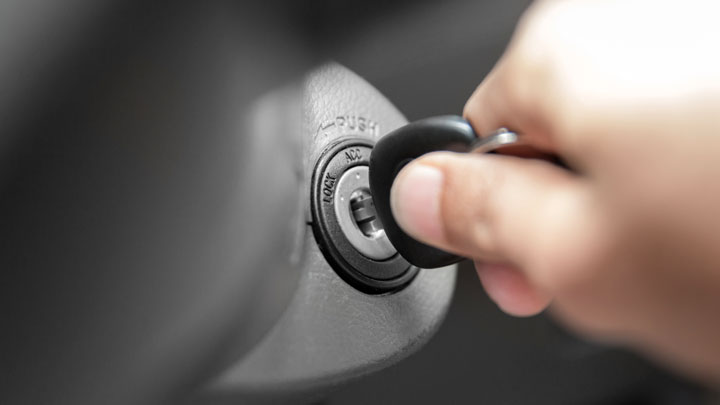
The alternator doesn’t provide the power to start the vehicle – that’s actually the job of the battery. It does, however, charge the battery as the vehicle is running. If the battery can’t be charged, the car won’t start.
This is a tricky situation as the problem could be with the alternator or the battery itself, or even a plethora of other issues (bad starter, spark plugs, etc).
Related: Bad Alternator vs Bad Battery
#2 – Squealing, Growling, or Other Noises From the Engine Bay

The alternator has spinning parts, and if movement of these is restricted (such as with bad bearings) there will be some odd noises.
Seizing of the rotor will cause a loud grinding noise, so make note of the sounds you hear and what’s happening with the car when you hear them in order to tell your mechanic. This information can give good clues.
#3 – Failing Electrical Systems
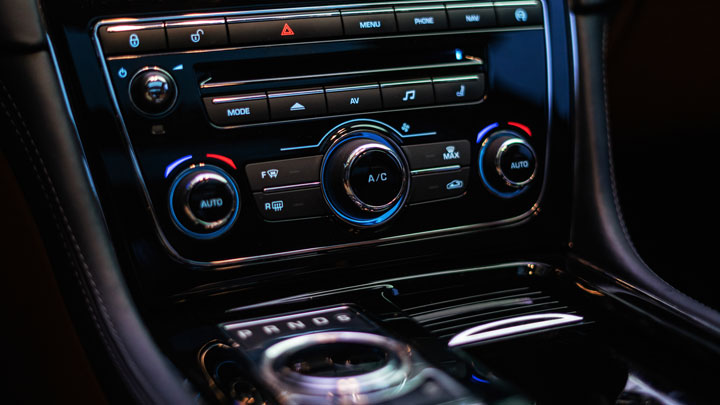
The electricity created by the alternator is also what powers the vehicle’s accessories such as air conditioner, power windows, power mirrors, stereo, heated seats, heated mirrors, headlights, entertainment, etc.
If you notice that any or all of these are not working well or at all, especially when the vehicle is at idle (since the RPM isn’t high enough to produce enough power if there are other issues), the alternator may be the cause.
You may also notice failing electrical gauges on your dashboard. Since those give you important information about safe driving conditions (i.e. speed) and the state of your vehicle (i.e. oil temperature) it’s imperative to stop driving as soon as possible and get the issue fixed.
Your alternator may even be overcharging which can bring more serious issues to the table.
#4 – Sudden Dashboard Warning Lights
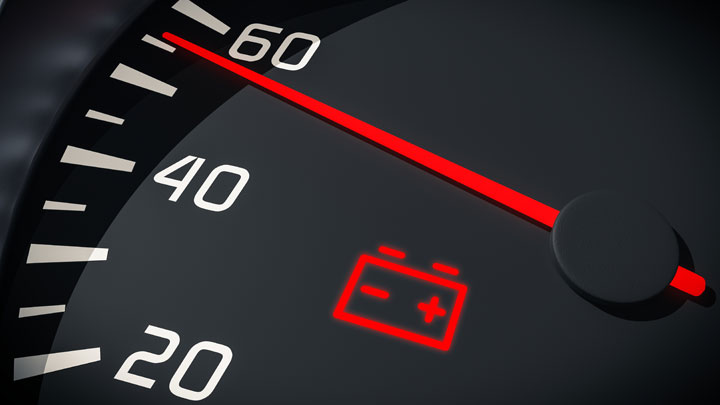
Also due to the lack of sufficient power, you may notice warning lights such as the battery light, “check engine”, “ALT”, and/or other phantom lights show up on the dashboard.
When the ECU is starved of electricity, the brain can’t think well (much like you may feel when you desperately need a snack) so signals may be sent that are incorrect.
#5 – Stalling Engine

In newer vehicles, the engine may even cut entirely when it’s running because electronic fuel injectors need power to behave properly.
It’s important for the right amount of fuel to be shot into the combustion chamber at the right time for the engine to run smoothly, so issues with this may stop the combustion cycle from continuing successfully.
#6 – Burning Smell
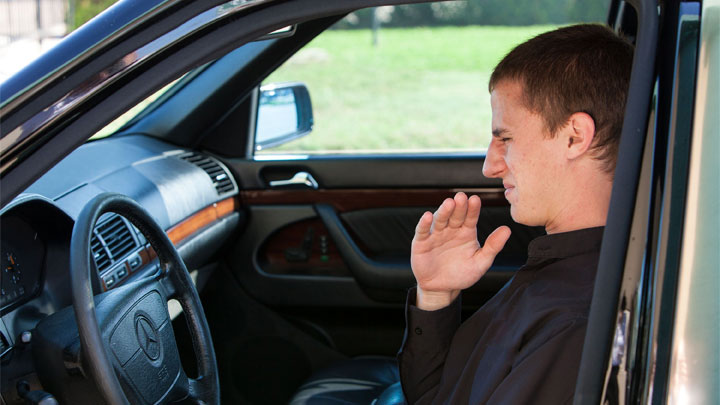
In severe cases, rubbing of parts or electrical issues within a bad alternator can cause a burning smell. Since you probably don’t want a fire under the hood, stop driving and get things checked out. Best case, the fusible link to the alternator melted (as it’s supposed to). Worst case, your alternator is toast.
Alternator Replacement Cost
Best places to order parts? See: 19 Best Online Auto Parts Stores
It’s usually a better idea to replace the alternator entirely if it is malfunctioning. While new ones can be spendy, they are usually a better choice than remanufactured or rebuilt options. Those probably won’t last as long as a new one since the mechanical parts have miles on them already.
If you can’t afford a new one, check for a remanufactured or rebuilt alternator at your local auto parts store. If a mechanic is doing the job, make certain that they are giving you a new alternator and not trying to cut costs by using a remanufactured or rebuilt one.
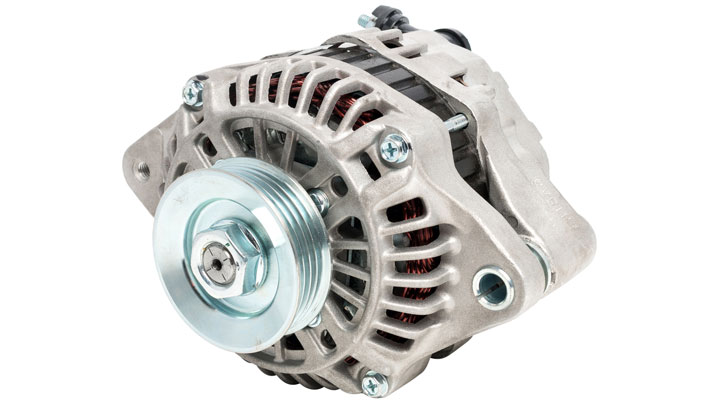
Some vehicles with greater electrical needs, such as ambulances or vehicles with large, power-hungry stereo systems, may need a high-output alternator which costs more.
The cost for the parts varies greatly depending on the type of vehicle but will usually fall in the range of $150 to $300. More expensive vehicles will usually require more expensive parts so an OEM alternator for a newer Mercedes or Audi can easily set you back close to $1,000.
Labor costs vary as well, since some alternators are easier to get to and thus take less time, but expect to pay between $200 and $600 for the labor.
All together, expect to pay somewhere in the range of $350 to $900 total for an alternator replacement. Having an independent mechanic do the work is going to be cheaper than a dealership in most cases.
Alternator Repair Cost
It’s not always easy or possible to get replacement parts for the alternator to try to repair it yourself. Some vehicles actually offer alternator repair kits, which cost from $20-$50 and can be purchased at a local auto parts store.
Check the service manual to see what is offered and what is possible for your specific alternator. You also may want to replace the belt at the same time, as that has a much shorter lifespan and can cause problems with the alternator later if not now.
In general, replacing the alternator is almost always the better option versus attempting a repair.
How Long Do Alternators Last?
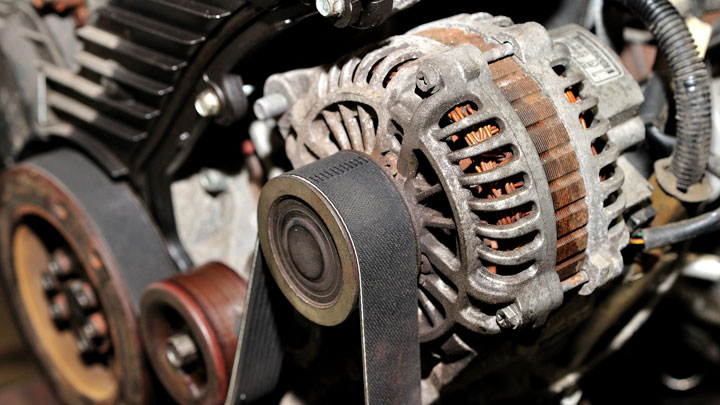
As with everything mechanical, alternators have a lifespan that is determined by several conditions. Vehicle and engine type, conditions and amount of driving, and electrical load all affect the wear of the alternator.
Usually an alternator lasts for 80,000 to 120,000 miles, or 5 to 8 years, though the lifespan can be significantly more or less.
A belt that is too tight, fluids leaking onto the alternator, and having an old battery can all cause the alternator to give out early.
Can You Still Drive with a Bad Alternator?
Technically yes, if it’s not causing your vehicle to stall, but not for long. The alternator won’t be able to keep the battery charged, so each time you start the vehicle you’ll likely need to jump start it or have externally recharged the battery.
Neither of these are good for the battery and eventually it will stop holding a charge. So if you’re going through new batteries like candy thinking they are the problem, it would be wise to have the alternator checked out.
See Also: Common Causes of an Alternator Not Charging
How to Load Test Your Alternator
To give you more information about the health of your alternator, testing it with a voltmeter (which is a function on a multimeter) is helpful.
With the engine of the vehicle off, a good and fully charged battery should measure 12.6 to 13.2 volts. With the RPM of the vehicle around 1k, the voltage should still be between 12 and 14 volts. Then start turning on the accessories in the power and rev the engine – the voltage should not drop below 12 or above 14 volts.
If any of your numbers are out of range, the alternator may be bad. If the voltage is too high, the voltage isn’t regulated which can be frying the battery. If the voltage is too low, the alternator can’t provide the battery with enough charge which isn’t good for the battery.

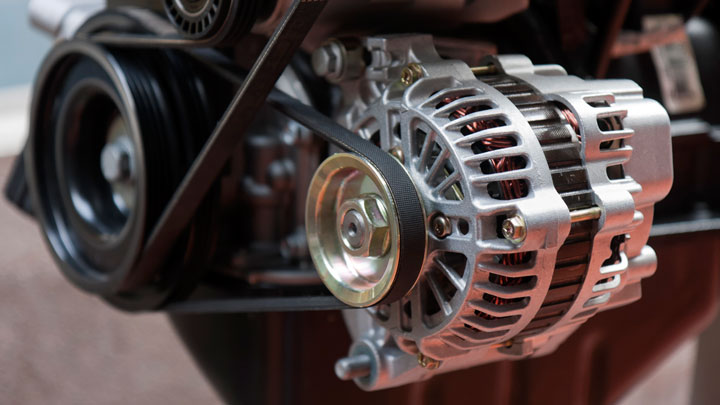

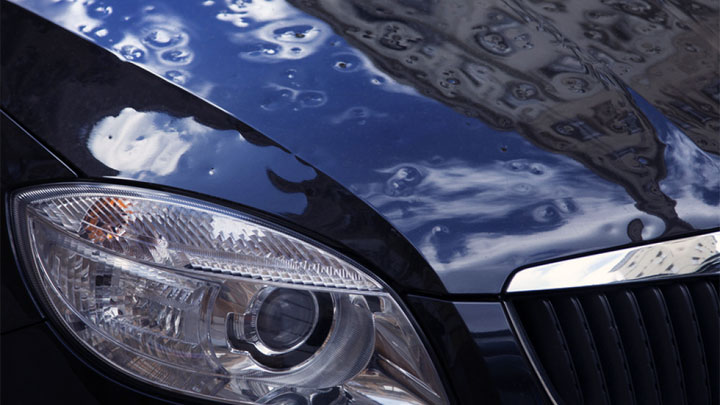
New battery, new alternator still will not hold charge can some one please help
I have replaced my battery and the alternator as well yet the alternator can not function well. My car is td27 Nissan van
My car sometimes fail to have much power to climb tiny hill could it be too much oil.or alternator
I have a 2014GMCTerrain 4 cyl and it’s showing Code P0411, P0013 & P0014 also it say’s something about Air incorrect flow. Engine light on. Can someone tell me my problem?
It’ll take some troubleshooting in person to diagnose that issue. I’d bring it to a local shop for some help.
I have a 2007 Ford freestar new battery new alternator had a diagnostic reading and he said the right a mount of voltage is going into the alternator but not coming out
Very helpful
is it hard to replace the alternator on a 2006 Hyundai Elantra
That depends; “hard” is relative depending on your experience and comfort level when working on vehicles.
If you’ve never turned a wrench before, it’ll be fairly difficult. If you routinely change your own oil and brake pads, it should be pretty straightforward. If you’ve replaced an engine, it’ll be a piece of cake.
What is the likely Cost for 1998 Plymouth neon?
Probably around $300, give or take a bit.
I got one for 150 bucks however car salesman noted that was for parts only. drives great. Joe.
I like it so much ,now I know much about automative engineering
Informative article. Thanks.
Glad you found it useful, Mark.
i changed the battery when i plug it a smoke come out from the alternator
Smoke from the alternator is not a good sign. Make sure you hooked up the battery correctly (red or + is positive, black or – is negative). If the issue persists, stop and seek the help of a qualified mechanic.
I have a 2012 holden commodore and battery not charging has new battery and coils thanks karen
Make sure the connections to the battery are clean and tight. I would also test the alternator (which an auto parts store should be able to do for free). If the alternator tests bad, replace it.